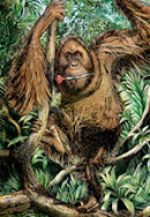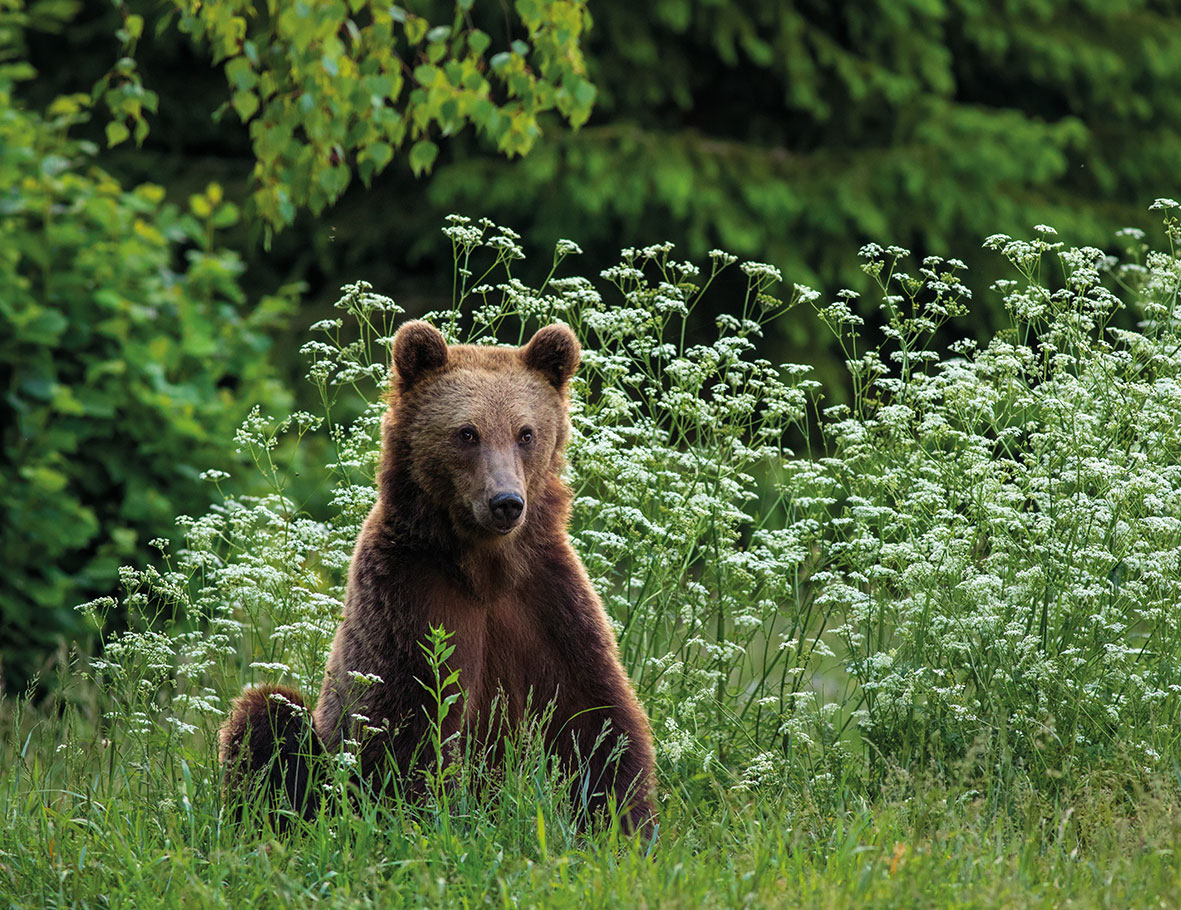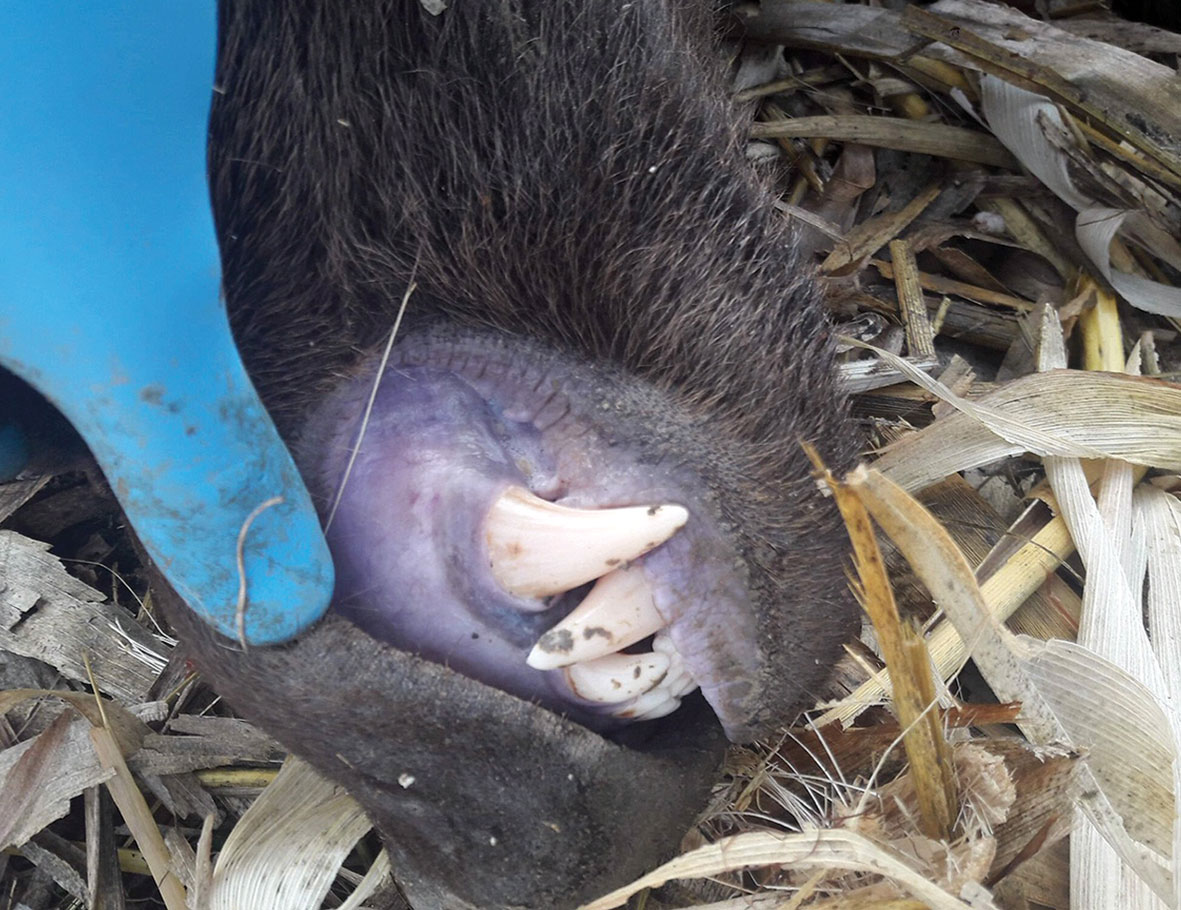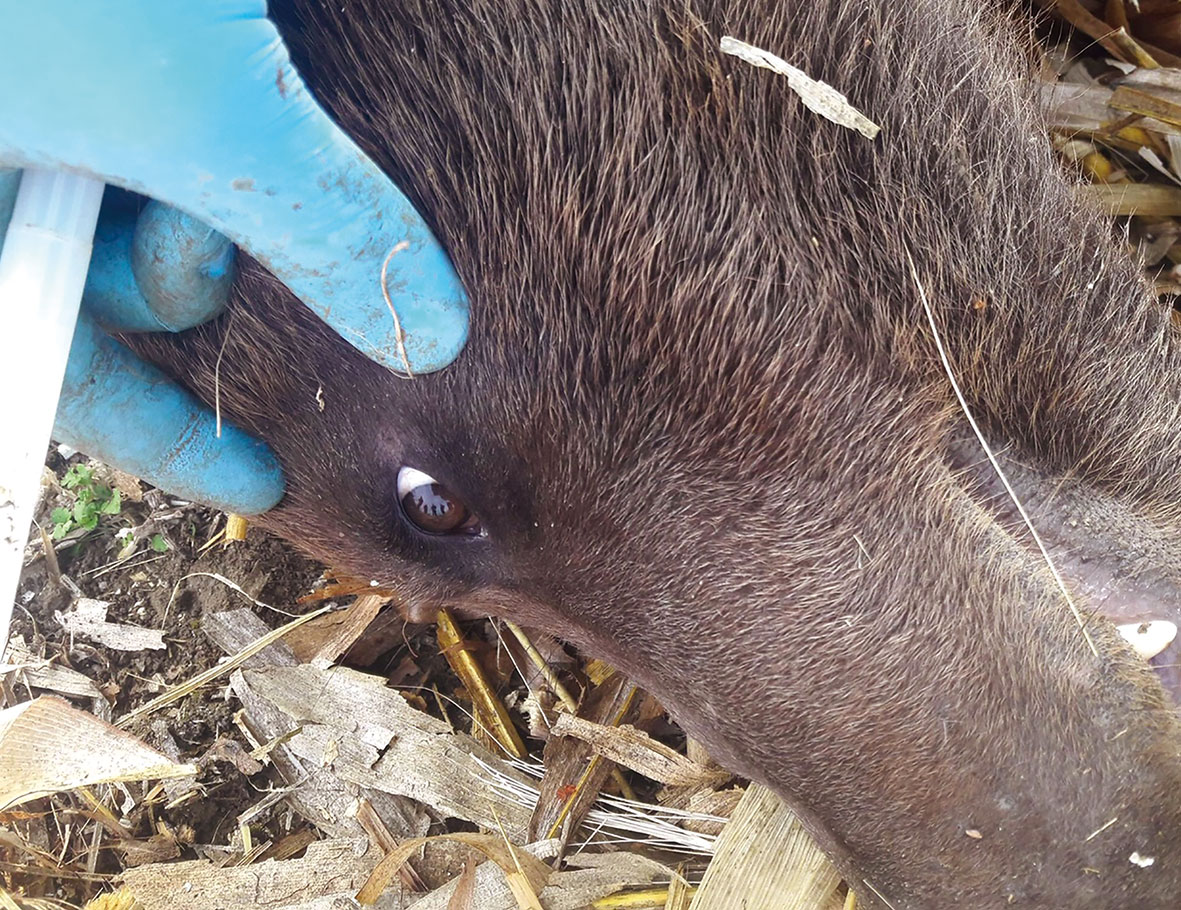Romania
Hope for Wild Animals in the Heart of Romania
For years, wild animals which were found helpless or injured in Romania had no place to go, no money and no lobby.
Since 2015, the Academy has supported the NGO Transylvanian Wildlife Project (TWP) not only in the development of a wildlife rescue station, but in their animal missions.
Alexandra Sallay-Mosoi von TWP berichtet vom Engagement ihres Teams in 2020:
“Practices of traditional land use and livestock husbandry have been preserved in this part of Europe for centuries. As a result, Romania still provides the suitable size and quality of unfragmented habitat for large carnivores such as brown bears, as compared to many European countries in which stable large carnivore populations no longer exist. Unquestionably, this leads to diverse conflicts between humans and wildlife, especially with bears. On the one hand, bears cause damage to agriculture, livestock farming, beehives, and occasionally there are even attacks on humans. On the other hand, humans indirectly have a negative impact on the animals and their habitats. “Some humans apply drastic and illegal methods in protecting their property (domestic animals and crops); others are allegedly involved in illegal trade with bear cubs. Estimates show that one to two percent of bears are killed annually by poaching, but the real figures are unknown”, says Lászlo Gál, ecologist and director of the Transylvanian Wildlife
Project.
Habitats for wildlife are furthermore endangered through Romania’s increasing socio-economic development. Massive deforestation progressively leads to the loss, fragmentation, and deterioration of habitats. The fragmentation of habitat is further accelerated through infrastructure expansion. “There aren’t many places where wildlife can safely cross certain areas, resulting in a high accident rate. We are seeing about eight accidents involving wildlife per year in our Covasna district alone”, says Dr. István Szász, the association’s veterinarian. TWP members are constantly concerned with the dignity of injured and orphaned wildlife, their recovery, and immediate reintegration into nature. Some of the animals can be treated and released into the wild, but there are also individual cases where any help comes too late. “We once had a very tragic case in which a female bear had been hit by a train and fell into the adjacent torrential river. She drowned and left three orphaned cubs, which roamed around for days at the same spot. After two days, our rescue team was ultimately able to capture two of the cubs but lost one. These were extremely emotional moments for all of us.”, says Alexandra Sallay-Mosoi, biologist in wildlife conservation and the project’s manager. The cubs were transported to the orphaned bear cub center, so that after rehabilitation, they could be released again into the wild.
What happens though in such cases involving adult animals? The TWP’s aim is the construction of a wildlife rescue station in the heart of Romania, unique in its management methods: All animal species are to be reintroduced into the wild according to a “soft release” method. This is carried out through an open gate into the forest, thus avoiding the stress of anesthetizing or transporting.
The project for treating wildlife in distress developed slowly, as does every project which cannot depend on government funding. The members are all volunteers who donate their time and lifelong experience and only ask others for understanding and material support. The latter refers to the donation of veterinary medical equipment which they received from the Academy for the Protection of Zoo Animals and Wildlife. “We are grateful for the Academy’s support. One basic factor is our motivation for the rescue missions, but we require the proper tools. Without this equipment, such as the immobilization blowpipes we received from the Academy, it would be impossible to assist animals in need”, confirms Barna Bereczki, TWP vice president. Thanks to the Academy, Dr. István Szász was able to add an operation lamp and drilling system to his inventory this year. Some days, the TWP veterinarian concentrates on the cats and dogs which come to his practice for their regular checkups, but he is always prepared to join the other TWP members and rush to save the life of an injured or orphaned wild animal.






